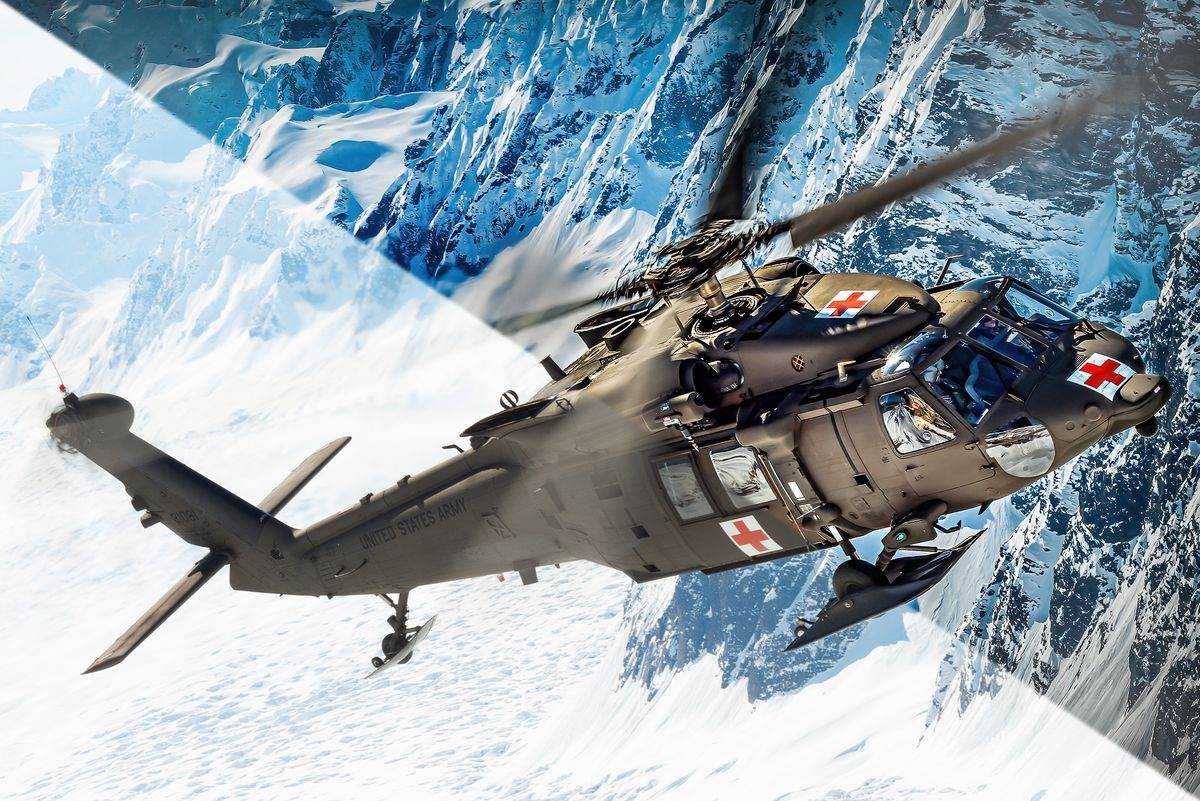In today's age of social media and digital storytelling, photography has become an integral part of our lives.
Aviation enthusiasts, in particular, have harnessed the power of creative editing to capture the beauty and dynamism of aircraft in flight like never before. Whether you're a seasoned aviation photographer or a novice looking to embark on this journey, creative editing can transform your aviation photos into distinctive works of art.
Before diving into the creative editing process, you'll need the right tools. Adobe Lightroom and Photoshop are popular choices. But there are also mobile apps such as Snapseed available to edit on the go. Start with the basics, learn the tools, and gradually explore advanced features as your skills grow.
If your camera allows it, shoot in RAW format! Unlike JPEG, RAW files capture all the data from your camera's sensor, offering greater flexibility in post-processing. This means you can often recover blown-out highlights or salvage underexposed shadows, which are crucial when dealing with the complex lighting conditions of aircraft in flight.
During editing, focus on adjusting exposure, contrast, and highlights to emphasize the aircraft's details. Don't be afraid to experiment with cropping and framing to create compelling compositions. Consider the rule of thirds, leading lines, and symmetry to make your photos visually engaging.
The sky plays a significant role in aviation photography. Enhance and manipulate the sky to complement your subject. Adjust the colors, add gradients, or even replace a dull sky with a more captivating one. This allows you to create a striking backdrop that elevates the aircraft.
Zoom in on the aircraft and highlight its unique features. Sharpen the edges, boost the colors, use masking and adjustment layers to add clarity to bring out the intricate design and texture. This step is crucial in showcasing the aircraft's beauty and capturing the viewer's attention.
Filters can add a touch of magic to your aviation photos. Try adding vintage, black and white or cinematic filters to evoke different moods. However, use filters judiciously to avoid overwhelming the image.
While creative editing allows for endless possibilities, remember to strike a balance between enhancing the photo and maintaining its authenticity. Avoid over-editing to the point where the image loses its realism.
Develop your unique editing style. Consistency in your editing approach can help establish a recognizable brand or signature look in your aviation photography. People will start recognizing your work by its distinct style.
For me, creative editing of my imagery is strictly an entertaining personal pursuit. I’ve never produced anything that I’d ever consider marketing, submitting for publication or even posting on social media without identifying it as a ‘creative representation’ of a photograph.
But the processes involved do help me learn different techniques. And I’m slightly embarrassed to admit, on more than a number of occasions, I have burned through a couple hours on the computer just playing with creative manipulation processes.
Anyway, just remember, creative editing is a continuous learning process. Seek inspiration from fellow photographers, follow industry trends, and be open to feedback. As you grow, your editing skills will evolve, allowing you to capture the world of aviation in increasingly captivating ways.
Oh, and above all, have fun!!!
This is an Alaska Army National Guard HH-60M from April 2021 from a Vertical magazine project with Air Rescue Systems, (ARS), and the Guard's 207th Medevac Unit, Golf Company. Read the whole story here - https://verticalmag.com/features/denali-dustoff/

